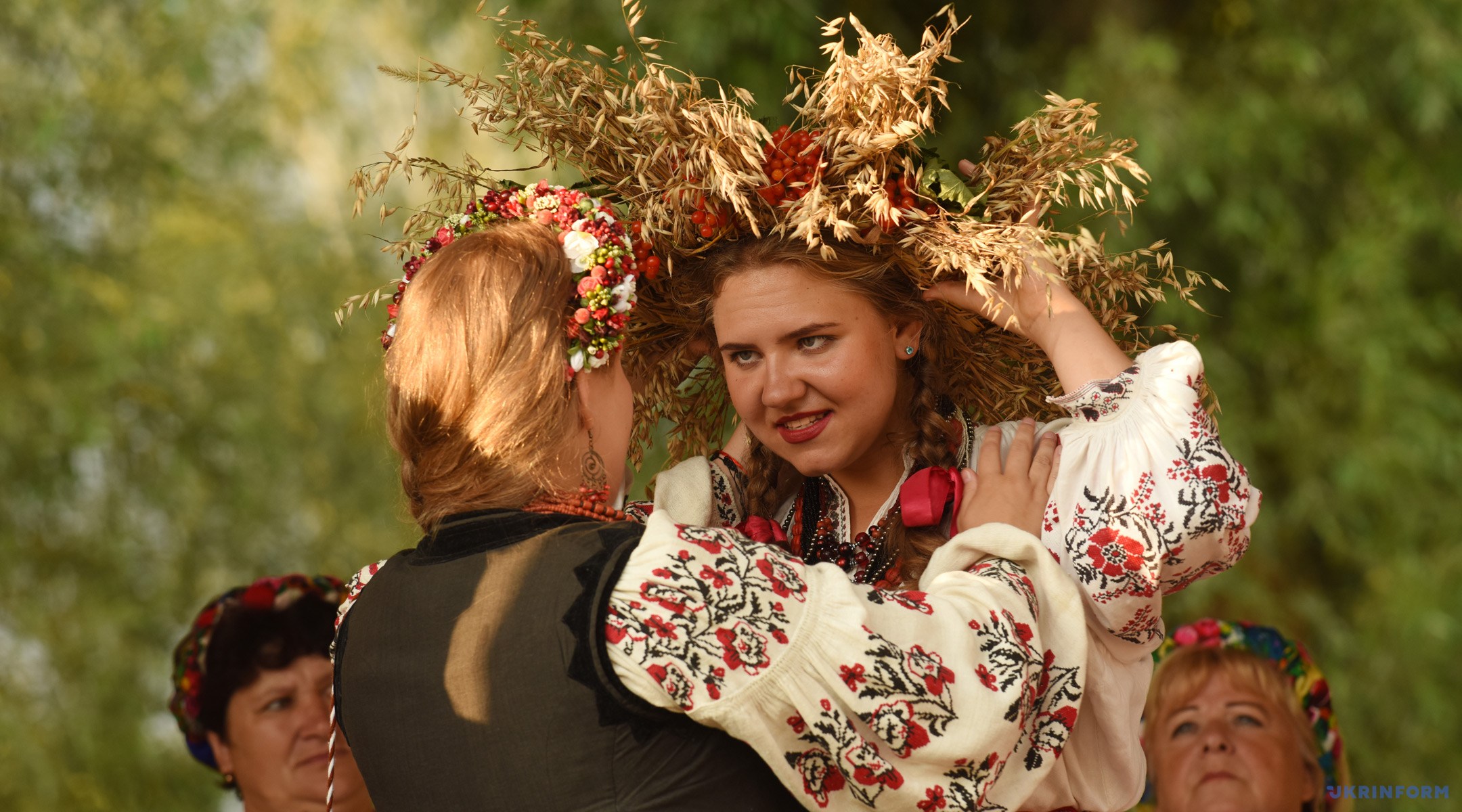Facts about Ukraine

Many people don’t know that much about Ukraine, other than maybe the flag and the fact it’s in Eastern Europe. So here are interesting facts about the country!
1. The largest country in Europe
Ukraine is the largest country in Europe. At 603,628 sq. km., it stretches from Russia in the east to Poland in the west, with the Black Sea running along its southern border. It’s nearly three times the size of the UK and beats the second biggest country, France, by 50,000 sq. km. The state is divided into 24 oblasts (counties).
With such a large area, Ukraine has a lot to offer. From the beautiful Carpathian mountains that offer picturesque landscapes of forests, rivers, and valleys, to beaches found near the city of Odesa and vibrant cultural cities like Kyiv and Lviv. Not only is it an extremely large country, but also a very unique and exciting one.

2. Seven UNESCO World Heritage sites in Ukraine
Ukraine is home to seven sites protected by the UNESCO World Heritage List. These include Kyiv’s Saint-Sophia Cathedral and Lviv’s historic center, Chernivtsi University, as well as unique wooden churches in the Carpathians and the beech forests that surround them. More information about these sites can be found in our other article.
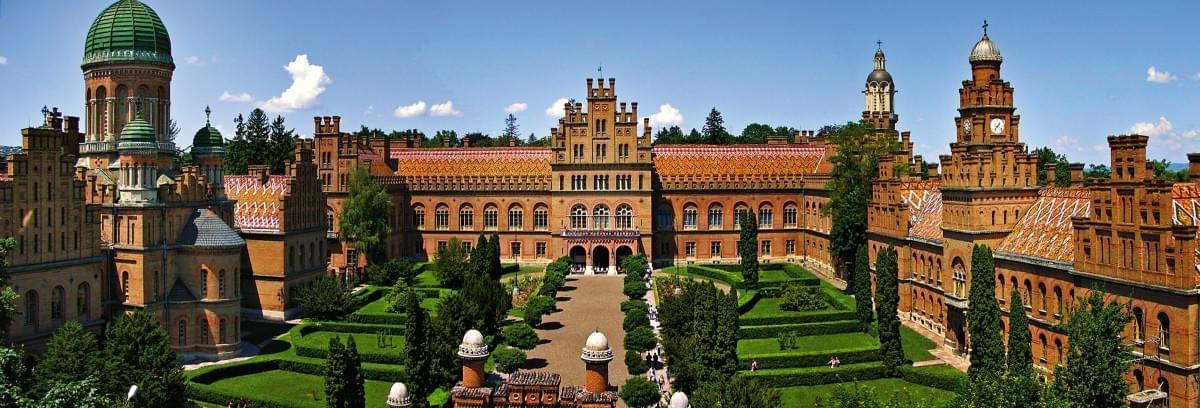
3. Language
The Ukrainian language is the only official language in Ukraine. Interestingly, the Ukrainian language was rated the 3rd most beautiful language, in 1934, behind French and Persian; it was also rated the 2nd most melodious, behind Italian. In addition, many Ukrainians are bilingual: in many areas, you will find people who speak Russian or those who understand it.
The dominant religion is Eastern Orthodox Christianity, which has heavily influenced Ukrainian architecture, literature, and music.
4. Ukrainian Cuisine
The traditional Ukrainian diet includes chicken, pork, beef, eggs, fish, and mushrooms. Ukrainians also tend to eat a lot of potatoes, grains, and fresh and pickled vegetables. The Ukrainian cuisine is extremely varied and exciting, with different ethnic minorities and a rich multicultural history bringing a range of different foods to the table. Nonetheless, popular traditional dishes include varenyky (boiled dumplings with mushrooms, potatoes, sauerkraut, cottage cheese, or cherries) and holubtsi (stuffed cabbage rolls filled with rice, carrots, and meat). The most famous Ukrainian dish is borscht. Whilst many Russians claimed it derived from the motherland, many Ukrainians passionately believe they are the founders of this dish. It consists of soup made from beetroot, cabbage, and potato; true borscht also contains meat, most commonly, pork.
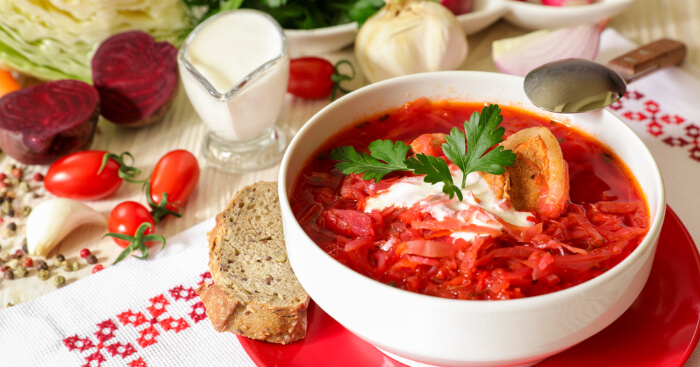
5. Weather
Ukraine has a mostly temperate, continental climate. Precipitation is disproportionately distributed; it is the highest in the west and north and the lowest in the east and southeast. Winters vary from cool along the Black Sea to cold farther inland. Average annual temperatures range from 5.5 °C–7 °C in the north to 11 °C–13 °C in the south. Summers are not so hot and temperatures range from 17°C to 25(30) °C. However, winters can be very cold, attracting lots of snow and creating a beautiful wintery wonderland, perfect to enjoy an authentic Christmassy getaway!
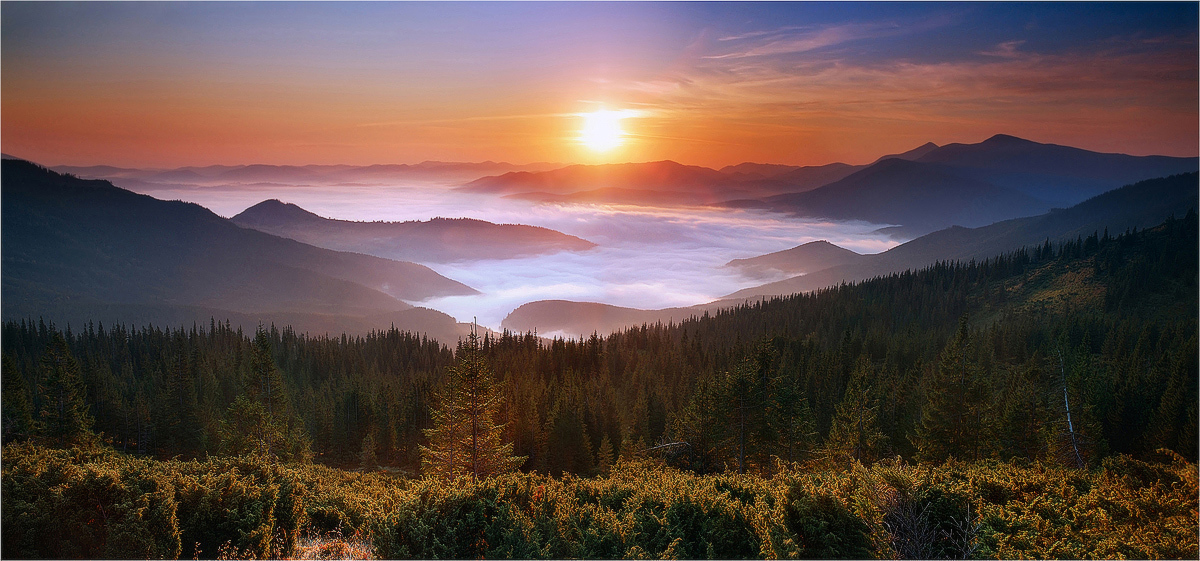
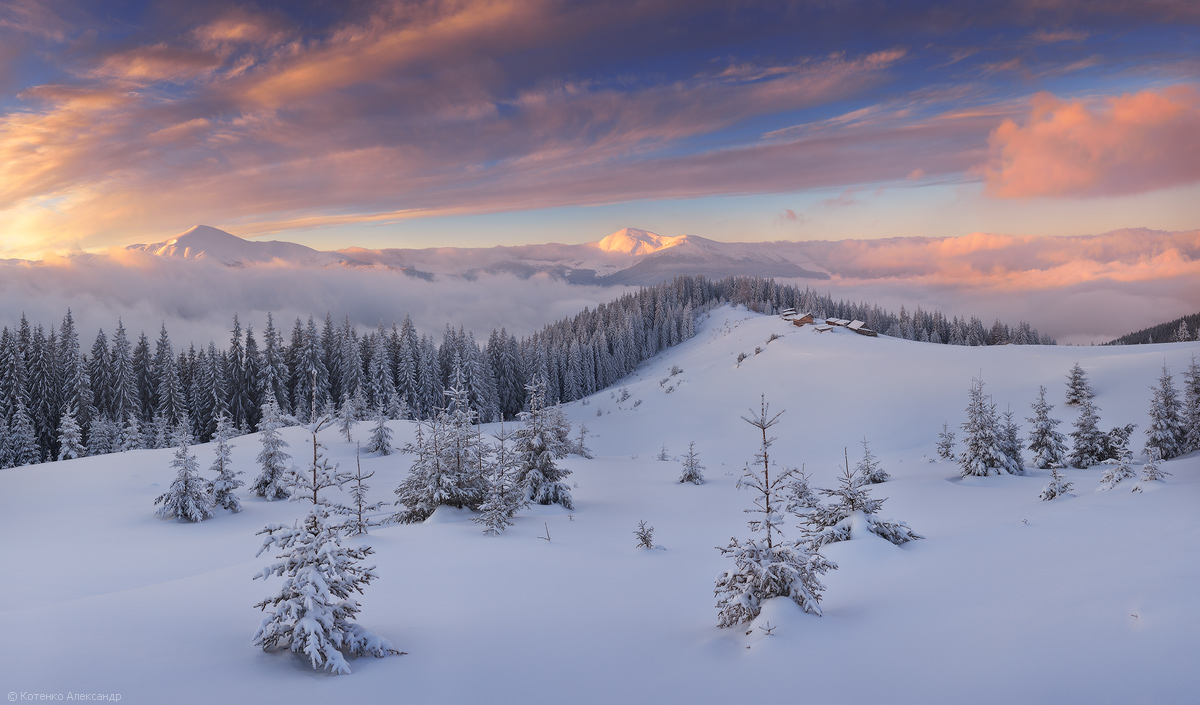
6. Complex history
Ukraine’s history is both incredibly interesting and complex. Its unfortunate geography meant that it has changed hands many times throughout the centuries. Arguably, its modern routes can be traced back to the Kyivan Rus, a powerful medieval state that thrived in the middle ages, but was struggling by the 12th century.
The following centuries saw Ukraine change hands between the Mongols, Ottomans, and the Polish-Lithuanian Commonwealth, with Cossack communities attempting to live independently in some areas of Ukraine. During the 18th and 19th centuries, however, Ukraine was divided between the Habsburg Empire and the Russian Empire. By the 20th century, the Habsburg Empire had all but collapsed. In 1918, Ukraine was annexed by the Soviet Union, a status that would characterize their existence throughout the 20th century, as the breadbasket of the USSR. Whilst Ukraine’s struggle throughout history has been extremely tough, cultural influences, from Habsburg architecture to Soviet monuments, give the country a wealth of depth and expression.

7. FESTIVALS
There are many different festivals and fairs in Ukraine. Ukrainian musicians are flourishing in rock, pop, jazz, folk, electric, drum, and bass. Hence, festivals, such as Dubno-fest and Leopolis Jazz Fest in Lviv are extremely popular. Moreover, Atlas Weekend festival is one of Europe’s biggest festivals, attracting over 500,000 people this year, showing contemporary modern popular music.
Meanwhile traditional and ethnic festivals provide insight into conventional Ukrainian celebrations. Many, however, are far from conventional. These include the Malanka festival in Bukovina, the Land Of Dreams Festival in Lviv, the medieval festival of Tustan, the Festival of the Brynza in Rahiv, and Sorochinsky Fair.
